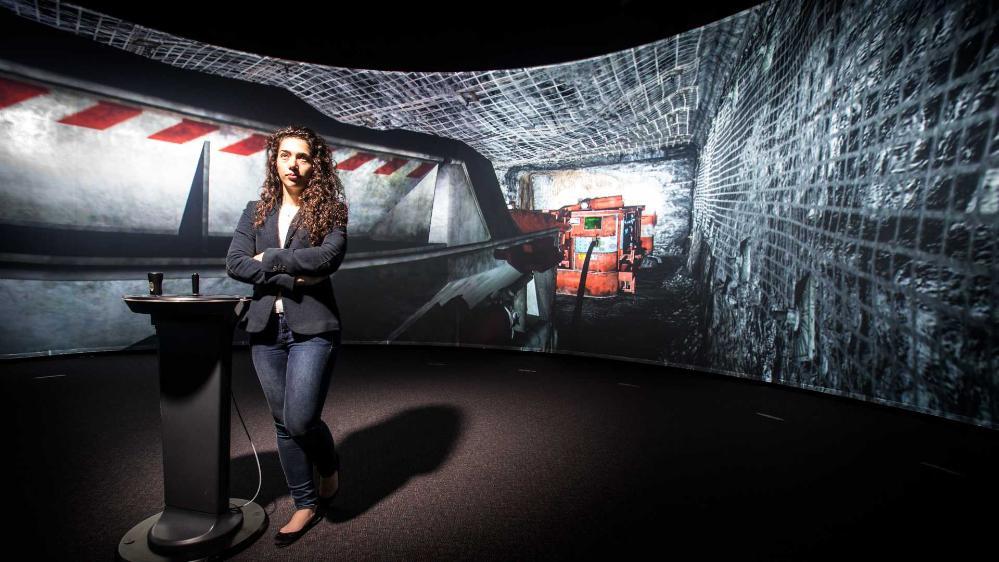November 8, 2021
From student to researcher – a SMART career – Dr Shiva Pedram
Shiva Pedram’s introduction to SMART was as a pleasant place to work on her masters in engineering management. Arriving at the University of Wollongong in 2011 – the year of SMART’s birth – she found the library overcrowded and the new, smart building was airy and comfortable.
“I would look at the glass offices and wonder what people were doing,” Dr Pedram said.
“Then I heard about a workshop about using a traffic simulator and thought it sounded interesting,”
That was now she met the new SMART director, Professor Pascal Perez, and the rest is history.
Prof Perez invited her to do summer research, then a doctorate, and finally, he gave her a job and a scholarship to boot.
“It meant so much to me, I was just 23 or 24 and got an office on level 3,” Dr Pedram said.
“The thing that I loved about SMART is the concept of working in a multi-disciplinary environment – social science, engineering, computing, economics – researchers with diverse expertise join together on projects and chip in their expertise.”
The other thing that she loved about SMART is that she was given the opportunity to work with industry from her very first day.
Her research with Coal Services focused on using virtual reality for training mines rescue brigades in NSW.
Now working as a researcher, the interest has expanded to using virtual reality to provide mental health support for those who are located in remote locations, for delivering procedural training to healthcare including doctors and medical students or teaching year 6-12 students about climate change and wildlife in Antarctica, as well as a project in the pipeline to use the platform to help treat adolescents for anxiety.
“VR has proven useful in various context but the very best thing about virtual reality as a training platform is that it is filling the gap between practical onsite training and traditional classroom training and overcoming the limitations associated with training in physical world” Dr Pedram said.
“What I worked out is that virtual reality works very well, but we have to be cautious about the task-technology fit”.
“Some scenarios are better in some platforms, some are better in other platforms.”
Dr Pedram loves the friendly and collaborative culture that is found at SMART.
“In SMART you are not limited with boundaries,” she said.
“You can come up with a project that is holistic. You don’t just have to look at it from one angle.
“It’s been quite a journey.”
